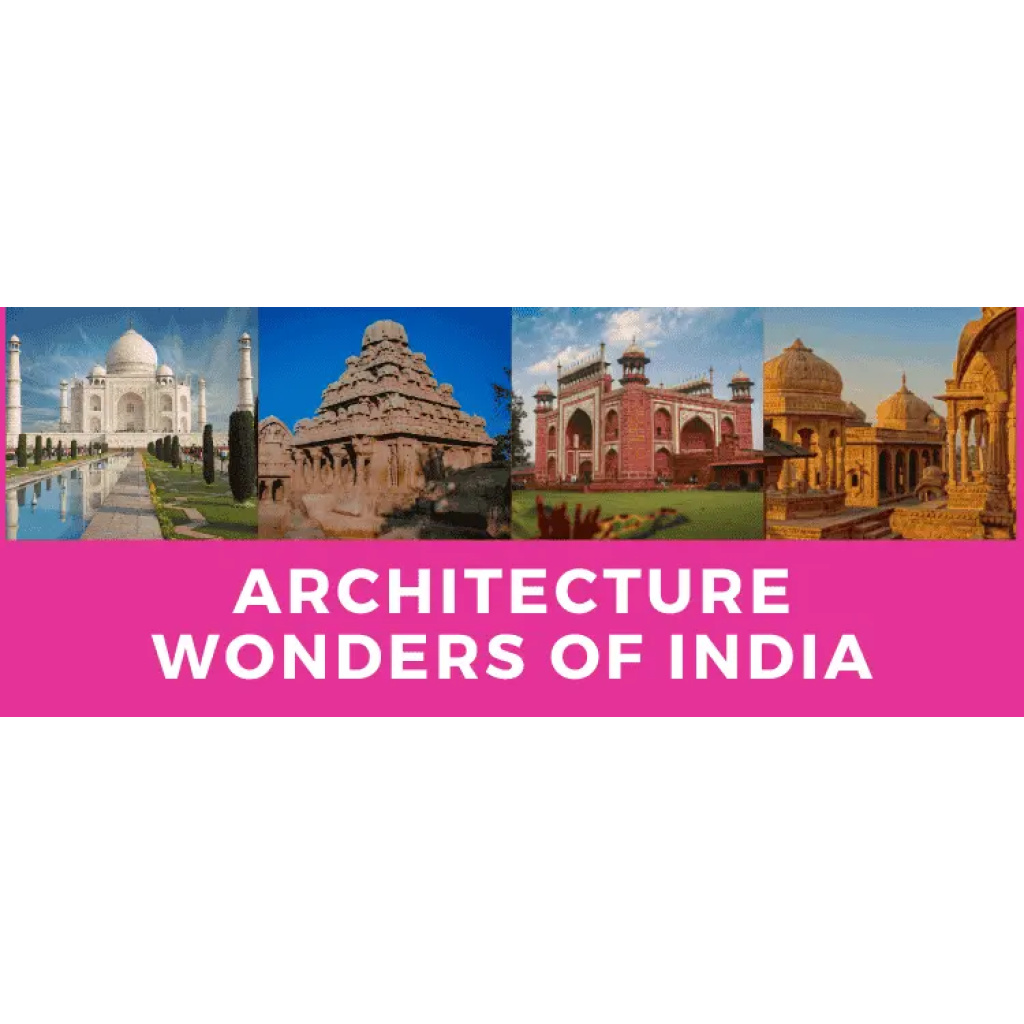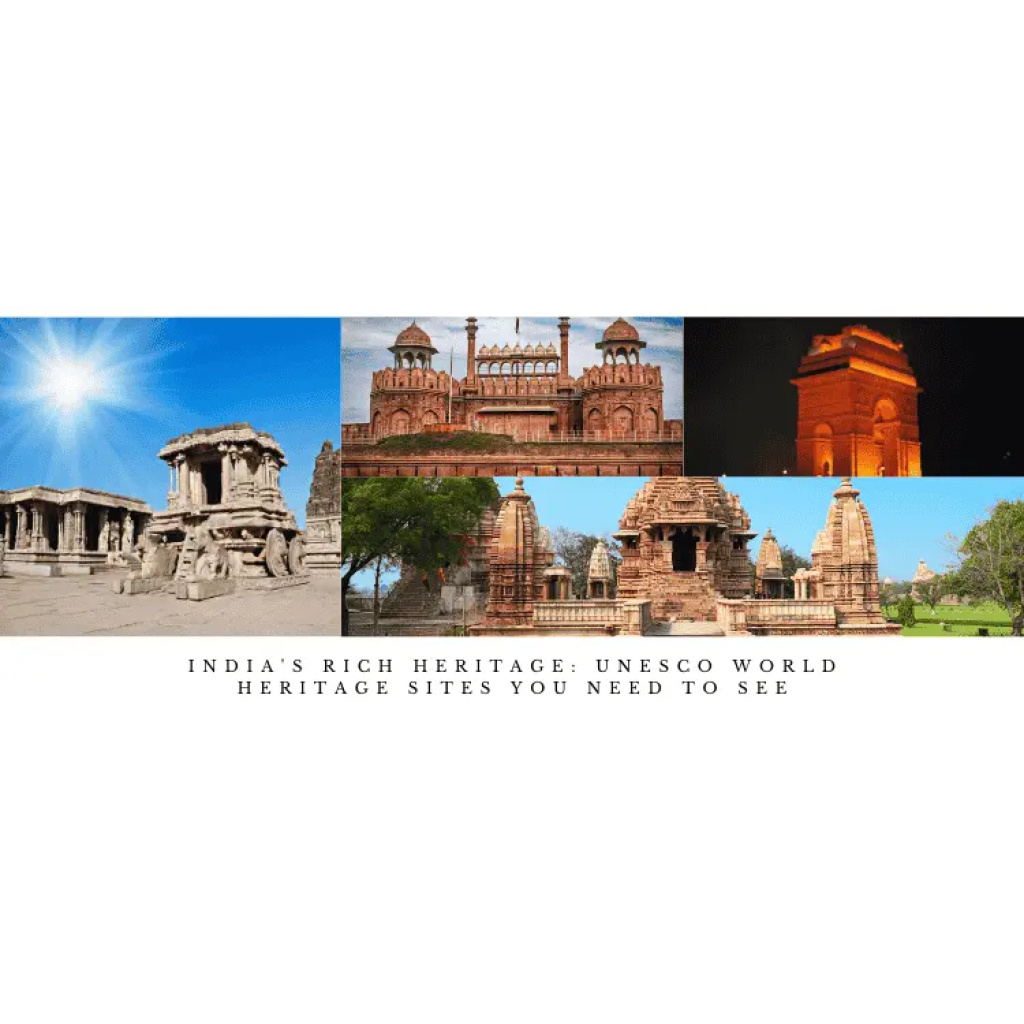Colorful Cities of India: Vibrant Urban Destinations to Visit
Colorful cities of India: A traveler’s paradise rendering the emboldened culture of diversified tradition and city Vance. Cities in India, be it a metro or an offbeat one, showcase rich history along with modern lifestyle. India is a country of color, and these are some of the most vibrant cities of India. You must visit and explore the colorful land with its rich traditions. 1. Jaipur: The Pink City Jaipur, the pink city, is beautiful with its lovely buildings splashed in soft tones of salmon, chocolate brown, and tints of red. The architectural marvels of the city, including Hawa Mahal, Amber Fort, and City Palace, display detailed patterns and colorful hues that mirror Rajasthan’s royal lineage. 2. Jodhpur: The Blue City Jodhpur, The Blue Cities of India, is well-known for its blue-painted houses, which look amazing. Gonikoppal Positioned above the city, Mehrangarh Fort appears over everyone with commanding views of the blue landscape below. Roaming the skinny lanes of the old town, Jodhpur is also referred to as a walk through rich cultural heritage. For more detailed travel advice, check out this handy guide on Art and Culture Festivals in India 3. Udaipur: The White City Known as the White City, Udaipur is world-famous for its white marble Palaces and tranquil lakes. The City Palace, Lake Pichola, and Jag Mandir Island are just three of the well-known attractions that demonstrate how grandly architectural Udaipur was, built on a picturesque stretchant place in Rajasthan. 4. Spiritual Capital Cities of India — Varanasi Varanasi is the spiritual capital of an ancient civilization and one of the oldest living cities in human history. It is home to ghats that stretch along a very sacred river, the Ganges. Varanasi is a spiritual and cultural powerhouse with its vibrance concocted in rituals, festivals, & ancient temples. 5. Amritsar: The Golden City Amritsar: Home to the Golden Temple, Amritsar is a city in Punjab that has played an important part in Sikh history and culture. The golden facade of the Harmandir Sahib provides an amazing view, especially at sunset. To make it even more interesting, the city’s booming bazaars and mouthwatering Punjabi food make this place an absolute paradise. 6. Mysore: The City of India Palaces A city of palatial splendor and architectural grandeur, Mysore in the state of Karnataka is an ideal guise for a vacation. The city’s bestselling cultural item holds the main place on any listicle: The Mysore Palace, all ornate architecture and dazzling illumination. 7. Chennai City: Entrance of South India Chennai is the keeper of South India – a modern urban lifestyle with traditional Dravidian architecture. It is home to Marina Beach, Kapaleeshwarar Temple, and Fort St. George, all of which are attractive points within this vibrant city. 8. Kolkata: The City of Joy Kolkata — the City of Joy, The city that is known for its cultural and artistic heritage, colonial architecture & intellect. From the Victoria Memorial and Howrah Bridge to Dakshineswar Kali Temple, these iconic landmarks are a testament to the city’s deep historical culture. 9. Mumbai: The City of Dreams The city that never sleeps or, as they say, the Financial Capital cities of India, Mumbai- Where people from all over land chase their dreams. Gateway of India, Marine Drive, and the Bollywood film industry are part of Mumbai’s vibrant life forest. 10. The Silicon Valley of India: Bengaluru. Bengaluru, also known as the Silicon Valley of India, is well-acknowledged for being a tech-savvy city with various green spaces. Lalbagh Botanical Garden, Bangalore Palace, and crazy nightlife make this city more wonderful. 11. Hyderabad: The City of Pearls Hyderabad — Both a modern IT hub and a historic city. Major tourist attractions include the Charminar, Golconda Fort, and Ramoji Film City, which host millions of tourists every year. 11. Ahmedabad: The Heritage Cities of India Often referred to as a UNESCO World Heritage Cities of India, it is steeped in history and architectural aesthetics. In fact, the Sabarmati Ashram of Bapuji is living proof that even today, Ahmedabad reverberates with its grand history. 12. Pune: The Oxford of the East Pune — the Oxford of the East, a city rich in academics and cultural history. Pune Those that represent the history of the town are The Aga Khan Palace, Shaniwar Wada, And Osho Ashram. 13. From the ever-green city Thiruvananthapuram The city of Thiruvananthapuram, the state capital, is famous for lush greenery and serene landscapes. The Padmanabhaswamy Temple, Kovalam Beach, and Napier Museum are important destinations that denote the natural beauty as well as the cultural charm of Kerala. 14. The Pink City (Revisited) — Jaipur You must explore Jaipur over and over again in order to understand the multilayered charm it holds. Jaipur, with its colorful markets, traditional Rajasthani cuisine, and cultural performances, is a lively place you will not soon forget. 15. Lucknow: The City of Nawabs The city of Lucknow is also renowned as the City of Nawabs because it boasts a rich source of Mughal culture and mouthwatering dishes. Visit The Bara Imambara, Rumi Darwaza, to take a step back in time to the royal days of Lucknow, and do not forget traditional Awadhi food! 16. Bhopal: The City of Lakes The picturesque landscapes and historic sites characterize Bhopal, which is often termed the City of Lakes. Bhopal is renowned for its natural and cultural heritage, which boasts of the Upper Lake, Taj-ul-Masjid, and Bhimbetka Rock Shelters squad considerable tourists each year. 17. Chandigarh: The Beautiful City Chandigarh is a planned city designed by Le Corbusier and is known for its modern architecture and urban design. Numerous key attractions mirror the cosmopolitan city’s aesthetic splendor, such as The Famous Rock Garden, Sukhna Lake, and Capitol Complex. 18. Cochin: Queen of the Arab Sea KOCHI: A vibrant coastal city by the age of an old port with a rich history and multicultural heritage. The Chinese Fishing Nets, Mattancherry Palace, and Fort Cochin area will give you a taste of Kochi’s mixed mash










